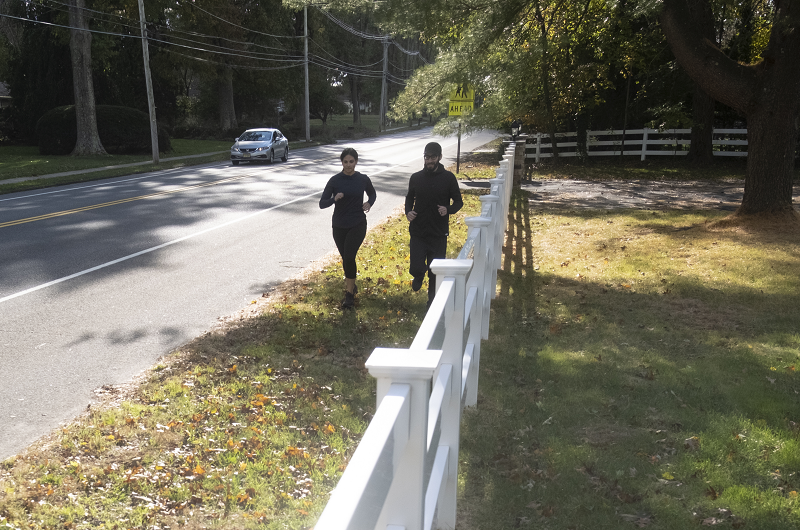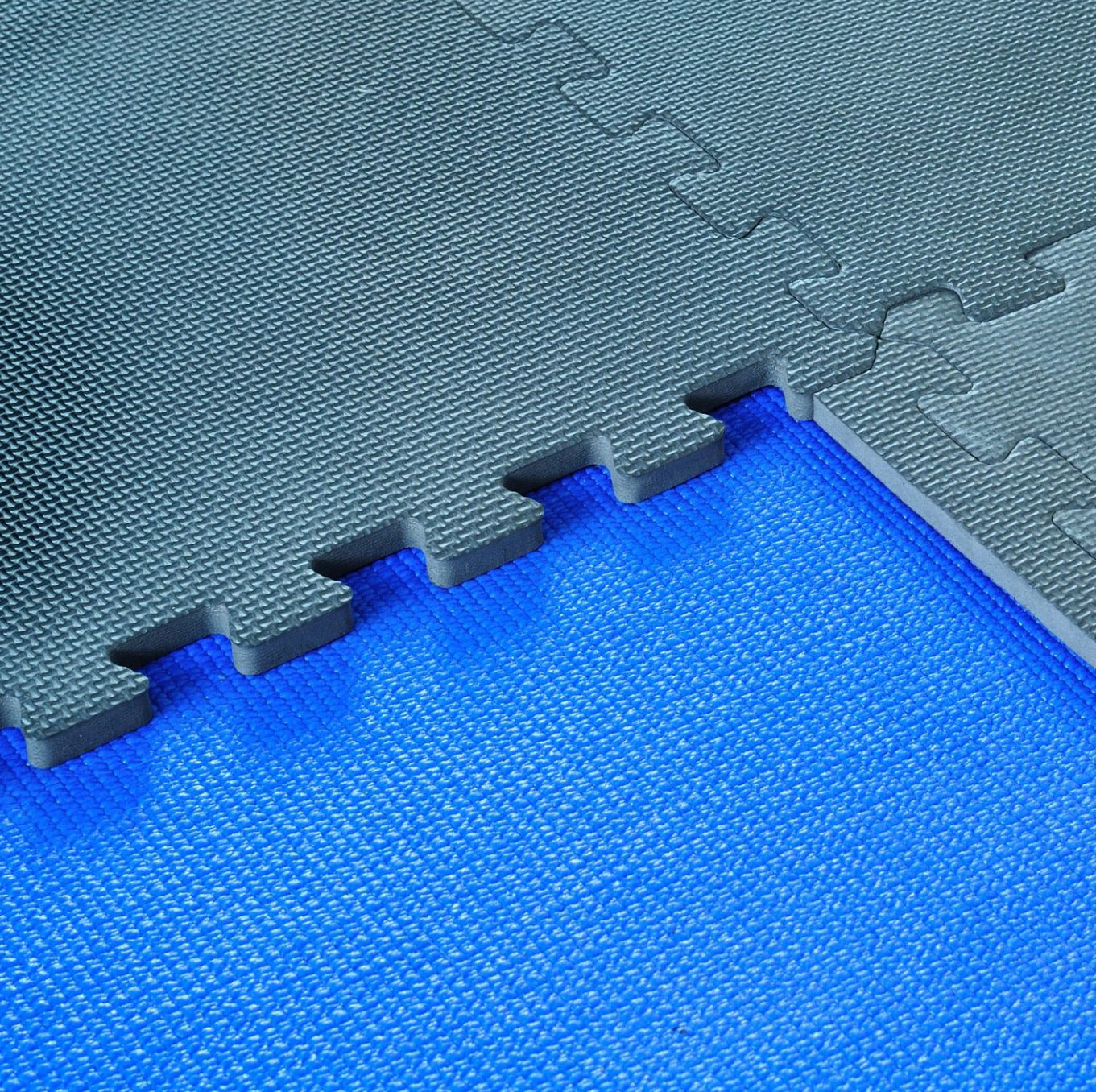What’s the Best Surface to Run On?

November 11, 2022
Running offers many benefits, from improved cardiovascular health and increased body strength to helping ease stress, depression and anxiety.
It also helps you to lose or maintain weight, improve your immune system and brain functions, and even sleep better.
However, not all running surfaces are the same.
While running or jogging on some surfaces may actually make your bones and joints healthier, other surfaces can have the opposite effect.
“The surface you run on plays a major role in determining the impact on your body and how much repetitive microdamage may be done to your bones and joints over time,” says David Kovacevic, M.D., orthopedic sports medicine specialist at Palisades Medical Center.
The Best Surfaces to Run On
- Flat grass is the best surface to run on because it has the least impact on your bones and joints, experts say. Its softness also causes your muscles to work harder, burning more calories and building more strength.
- Dirt, gravel and woodland trails are also good choices. Like grass, they reduce the impact on your bones and knees and help prevent injuries from overexertion. These surfaces may have holes or bumps, so pay close attention to the surface to help avoid injury.
- For those lucky enough to live near a beach, flat, wet sand can also provide a solid base for running. However, experts caution that dry, uneven sand can cause injuries and should be avoided.
- Synthetic track surfaces (usually made of recycled rubber tires) are also a good choice, if you have access to them. Be aware, though, that the track’s long curves may increase stress on your ankles, knees and hips.
- If you prefer to do your running indoors, treadmills offer the best option, especially when compared to harder surfaces.
Surfaces to Avoid
For runners who live in urban areas, the choices are often more limited and less inviting.
“The best urban surface is asphalt, which is why generally you see runners using streets rather than sidewalks for their exercise,” says Kenneth Swan, M.D., orthopedic surgeon at Old Bridge Medical Center and Raritan Bay Medical Center. “If at all possible, runners should avoid concrete and cement surfaces like sidewalks.”
Hard surfaces can lead to shin splints and repetitive overuse injuries, such as Achilles tendinopathy (tendonitis), which causes heel pain due to an incomplete healing response.
Maximizing Your Exercise
Running offers many benefits to your physical and mental health, both short and long-term. To get the most out of your running workout, remember to start by choosing the surface that offers the lowest impact to your body.
Listen to Your Body
“For runners, and all athletes, always listen to your body,” says Jeffrey Van Gelderen, M.D., orthopedic surgeon at Bayshore Medical Center and Riverview Medical Center. “If you planned to have a really hard workout, but something feels off or uncomfortable, don’t push through, as that can exacerbate the issue. Always consult your doctor if you have any concerns about an injury or ongoing pain.”
Next Steps & Resources:
- Our source: David Kovacevic, M.D., Jeffrey Van Gelderen, M.D., and Kenneth Swan, M.D.
- To make an appointment with a health care provider near you, call 800-822-8905 or visit our website.
The material provided through HealthU is intended to be used as general information only and should not replace the advice of your physician. Always consult your physician for individual care.






